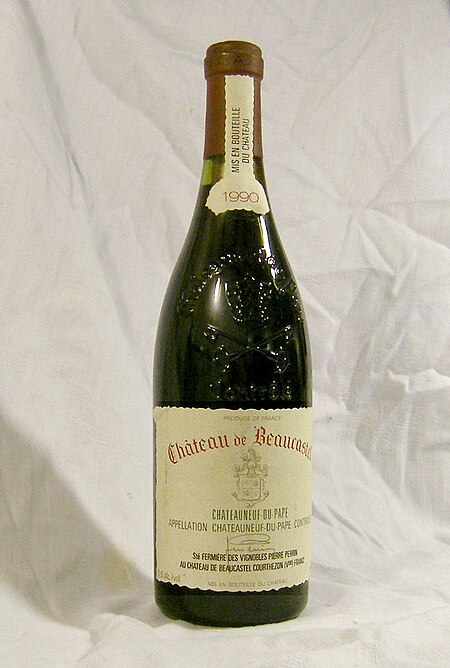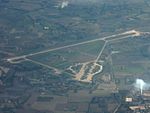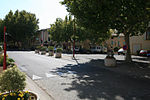Château de Beaucastel

Château de Beaucastel is a winery located in the southern part of the Rhône valley in France, which is primarily noted for its Châteauneuf du Pape wines produced in a long-lived style. For its red Châteauneuf du Pape, Beaucastel includes all 13 grape varieties that are traditionally part of the blend, and uses a higher-than-usual proportion of Mourvèdre. The special Vieilles Vignes cuvée of Beaucastel's white Châteauneuf du Pape is a varietal Roussanne wine, which is rare in Rhône and rarer in Châteauneuf du Pape. Château de Beaucastel holds a total of 130 hectares (320 acres) of land, of which 100 hectares (250 acres) is planted with vineyards, three-quarters of which is within the Châteauneuf du Pape appellation.
Excerpt from the Wikipedia article Château de Beaucastel (License: CC BY-SA 3.0, Authors, Images).Château de Beaucastel
Chemin de Beaucastel, Avignon
Geographical coordinates (GPS) Address External links Nearby Places Show on map
Geographical coordinates (GPS)
| Latitude | Longitude |
|---|---|
| N 44.1048 ° | E 4.8518 ° |
Address
Château de Beaucastel
Chemin de Beaucastel
84350 Avignon
Provence-Alpes-Côte d'Azur, France
Open on Google Maps










